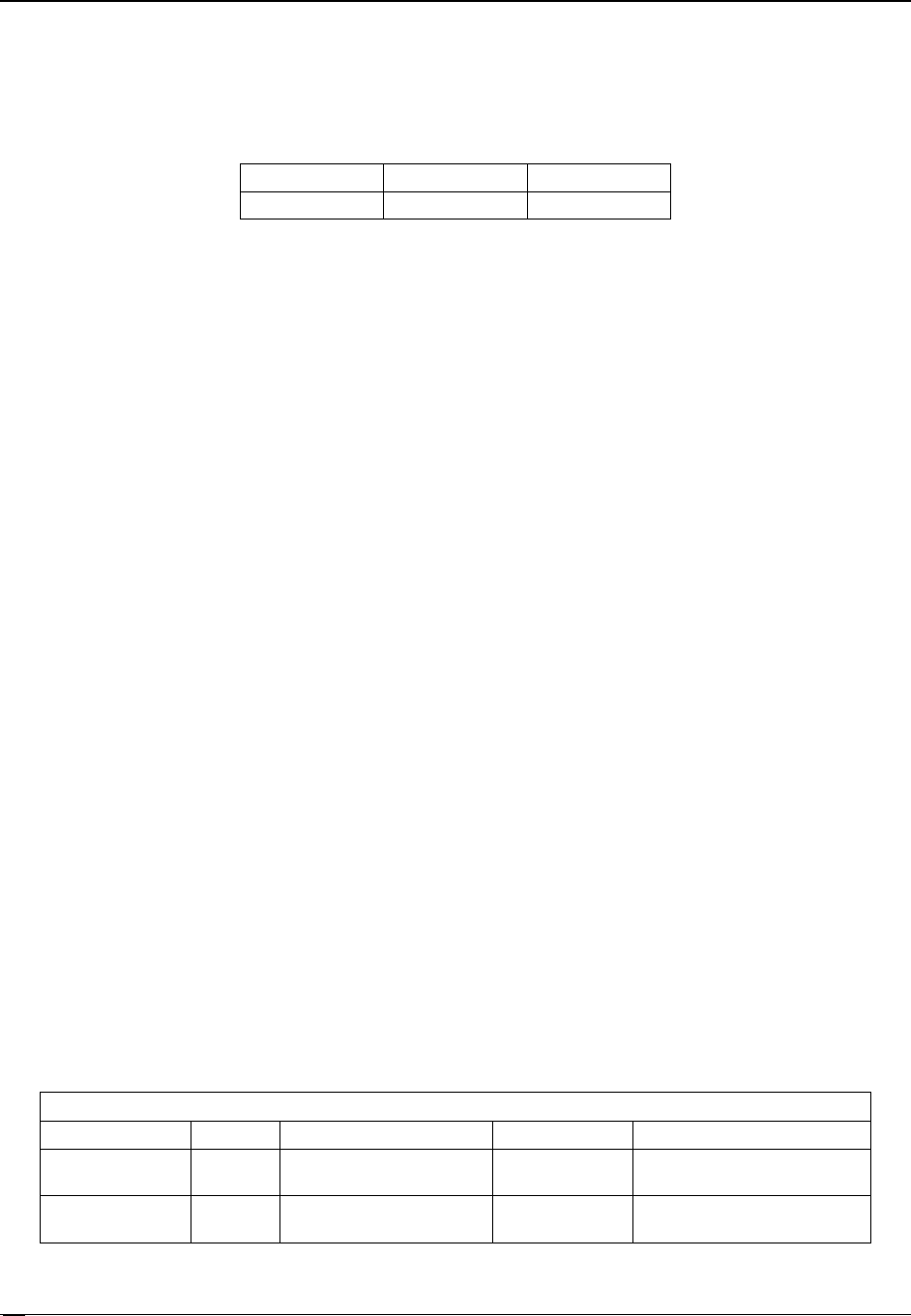Technical Product Specification
Table Of Contents
- 1. Introduction
- 2. Product Family Overview
- 3. Power Subsystem
- 3.1 Mechanical Overview
- 3.2 Power Connectors
- 3.3 Power Supply Module Efficiency
- 3.4 AC and DC Power Cord Specification Requirements
- 3.5 AC Input Specifications
- 3.5.1 Power Factor
- 3.5.2 AC Input Voltage Specification
- 3.5.3 AC Line Isolation Requirements
- 3.5.4 AC Line Dropout/Holdup
- 3.5.5 AC Line Fuse
- 3.5.6 AC Inrush
- 3.5.7 AC Line Transient Specification
- 3.5.8 Susceptibility Requirements
- 3.5.9 Electrostatic Discharge Susceptibility
- 3.5.10 Fast Transient/Burst
- 3.5.11 Radiated Immunity
- 3.5.12 Surge Immunity
- 3.5.13 Power Recovery
- 3.5.14 Voltage Interruptions
- 3.5.15 Protection Circuits
- 3.5.16 Over-current Protection (OCP)
- 3.5.17 Over-voltage Protection (OVP)
- 3.5.18 Over-temperature Protection (OTP)
- 3.6 1600W DC Power Supply Support
- 3.6.1 Power Supply Module Efficiency
- 3.6.2 DC Inlet Connector
- 3.6.3 DC Input Voltage Specification
- 3.6.4 DC Holdup/Dropout Time
- 3.6.5 DC Line Fuse
- 3.6.6 DC Inrush
- 3.6.7 DC Line Surge Voltages (Line Transients)
- 3.6.8 Residual Voltage Immunity in Standby Mode
- 3.6.9 Protection Circuits
- 3.6.10 Over Temperature Protection (OTP)
- 3.7 Cold Redundancy Support
- 3.8 Closed Loop System Throttling (CLST)
- 3.9 Smart Ride Through (SmaRT)
- 3.10 Power Supply Status LED
- 4. Thermal Management
- 5. System Storage and Peripheral Drive Bays Overview
- 6. Storage Controller Options Overview
- 7. Front Control Panel and I/O Panel Overview
- 8. Intel® Local Control Panel
- 9. PCI Riser Card Support
- 10. Additonal System Boards
- 11. Front Panel
- 12. IO Module Support
- 13. Intel® Intelligent Power Node Manager (NM)
- Appendix A: Integration and Usage Tip
- Appendix B: POST Code Diagnostic LED Decoder
- Appendix C: POST Code Errors
- Glossary
- Reference Documents

Power Subsystem Intel® Server System R2000LH2/T2 Product Family TPS
Revision 1.0
22
requirement over rated AC voltages and frequencies. A dropout of the AC line for any duration
does not cause damage to the power supply.
Table 10. AC Line Dropout/Holdup
Power Supply
Loading
Holdup Time
1600W AC
70%
10.0 msec
3.5.4.1
AC Line 12VSB Holdup
The 12VSB output voltage stays in regulation under its full load (static or dynamic) during an AC
dropout of 70ms min (=12VSB holdup time) whether the power supply is in ON or OFF state
(PSON asserted or de-asserted).
3.5.5
AC Line Fuse
The power supply has one line fused in the single line fuse on the line (Hot) wire of the AC
input. The line fusing is acceptable for all safety agency requirements. The input fuse is a slow
blow type. The AC inrush current does not cause the AC line fuse to blow under any conditions.
All protection circuits in the power supply will not cause the AC fuse to blow unless a component
in the power supply has failed. This includes DC output load short conditions.
3.5.6
AC Inrush
The AC line inrush current does not exceed 65A peak, for up to one-quarter of the AC cycle,
after which, the input current is no more than the specified maximum input current. The peak
inrush current is less than the ratings of its critical components (including input fuse, bulk
rectifiers, and surge limiting device).
The power supply meets the inrush requirements for any rated AC voltage, during turn on at any
phase of AC voltage, during a single cycle AC dropout condition as well as upon recovery after
AC dropout of any duration, and over the specified temperature range (T
op
).
3.5.7
AC Line Transient Specification
The AC line transient conditions are defined as sag and surge conditions. Sag conditions are
also commonly referred to as brownout; these conditions are defined as the conditions when the
AC line voltage drops below nominal voltage. Surge conditions are defined as the conditions
when the AC line voltage rises above nominal voltage.
The power supply meets the requirements under the following AC line sag and surge conditions.
Table 11. AC Line Sag Transient Performance
AC Line Sag (10sec interval between each sagging)
Duration
Sag
Operating AC Voltage
Line Frequency
Performance Criteria
0 to 1/2 AC
cycle
95%
Nominal AC Voltage
ranges
50/60 Hz
No loss of function or
performance
> 1 AC cycle
> 30%
Nominal AC Voltage
ranges
50/60 Hz
Loss of function acceptable,
self-recoverable










